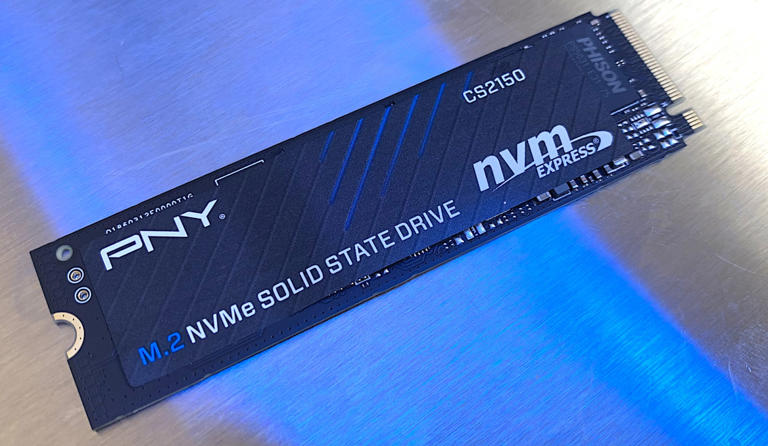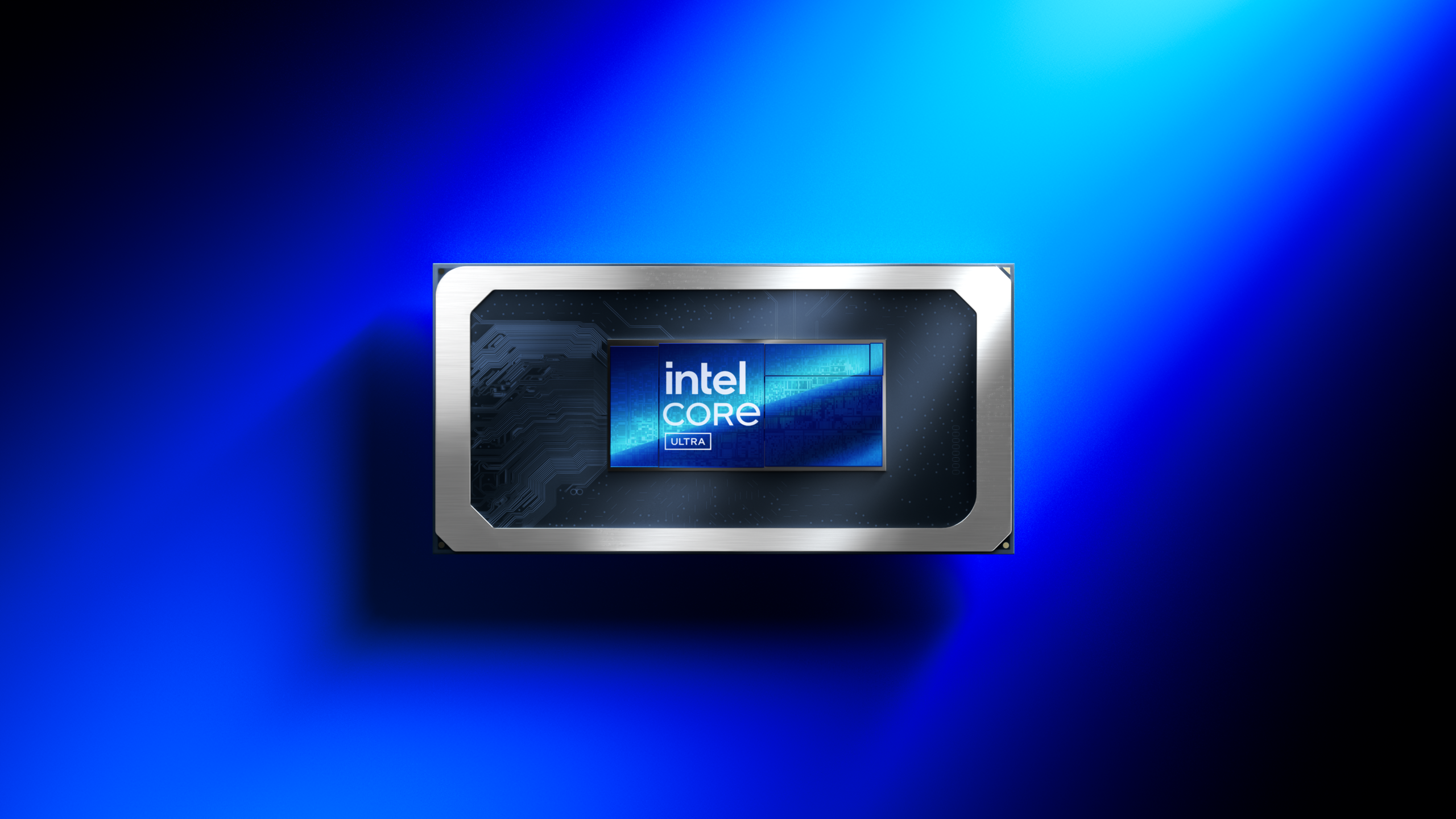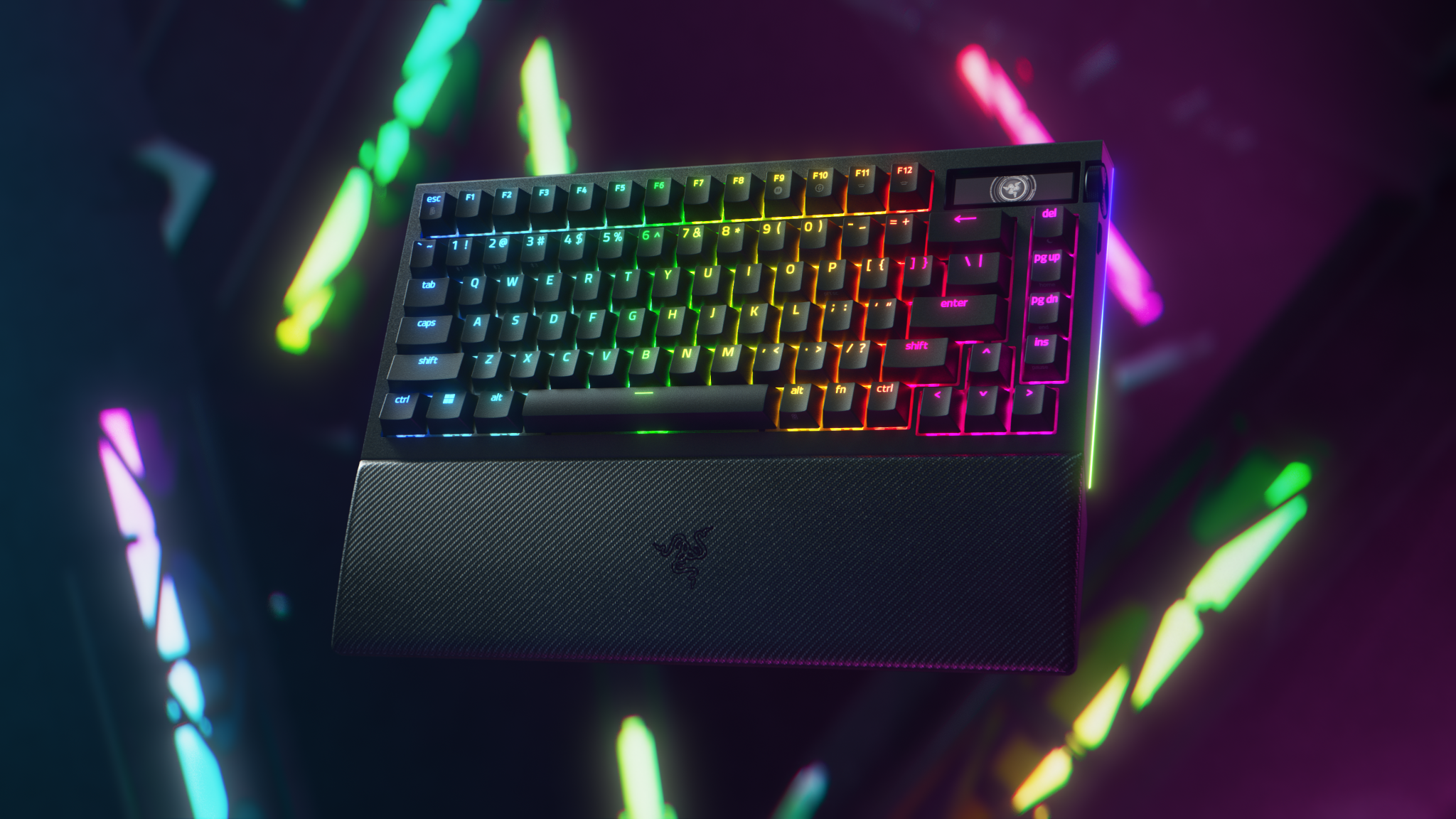
In a fresh setback for Intel’s next-generation Arrow Lake platform—also known as the Core Ultra 200S series—testing has revealed that PCIe Gen5 SSDs aren’t hitting their peak speeds when connected to an Intel X890 motherboard. According to testing by The SSD Review (via Tom’s Hardware), Gen5 SSDs only reached 12GB/s sequential read speeds on X890 boards, falling short of the 14GB/s speeds these drives typically achieve on properly optimized platforms. Intel later confirmed these findings, attributing the drop to an extended die-to-die data path in the platform’s architecture.
The implications are significant for early adopters of high-speed storage. While PCIe Gen5 SSDs are marketed as the fastest consumer drives available, their full potential is only realized when every part of the system—CPU, chipset, and board routing—is optimized. In this case, Intel’s Arrow Lake CPUs and the X890 chipset provide up to 48 PCIe lanes, including 20 lanes of PCIe 5.0, but routing these lanes through the processor’s I/O tile introduces latency that affects peak throughput. Intel acknowledged that this architectural design could result in reduced transfer speeds in specific configurations, such as high-bandwidth SSD operations.
The SSD Review directly compared performance across generations, testing Gen5 SSDs on both the new Z890 and the previous Z790 chipsets. While the Z790 platform allowed SSDs to reach their expected 14GB/s read speeds, the newer Z890 platform hit only 12GB/s, representing a 14% performance drop despite being technically more advanced.
This discovery could prompt users to reconsider the real-world benefits of PCIe 5.0 SSDs, especially since PCIe Gen4 SSDs remain significantly cheaper and still offer excellent performance for most workloads. Intel’s Arrow Lake chips have so far promised improved efficiency over Raptor Lake with similar performance levels, but issues like these may undermine some of the platform’s appeal. It’s unclear if Intel can resolve this limitation via firmware or architectural tuning—or if it will remain a footnote in Arrow Lake’s early adoption cycle.




